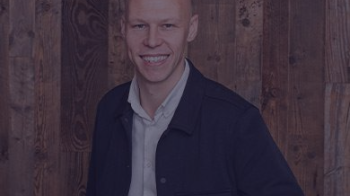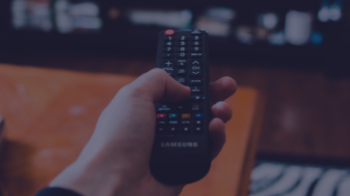Why we’re bringing Real Living back for 2021
Posted on Wednesday 10 March 2021 | Elizabeth Lane - Head of Research and Measurement, IAB UK
We’re resurrecting Real Living to give us a national picture of people’s digital days, what’s changing and what this means for advertisers, writes IAB UK’s Head of Research and Measurement Elizabeth Lane
In 2015 we launched Real Living, a research project that took us into people’s houses to observe and understand how they were using digital devices in real life. With the living room as our stage, we studied how people were consuming media during their leisure time, the screens that were competing for their attention and whether the TV was still the dominant focus for entertainment. The results revealed clear shifts in people’s everyday behaviours, as smartphones and tablets emerged as growing contenders for peak-time attention.
Fast forward six years and we are going through one of the most turbulent periods in recent times. The everyday pattern of our lives has changed dramatically in a very short period and time spent online has surged to record levels as people turn to the internet to stay both informed and entertained. In some cases we have developed entirely new habits and, in others, we have doubled down on pre-pandemic practices.
Now, a year after we first went into lockdown, we wanted to understand exactly how consumers’ behaviours have evolved and whether the pandemic is likely to drive lasting changes to media habits. To do this, we’re resurrecting Real Living to give us a national picture of people’s digital days, what’s changing and what this means for advertisers.
In order to get a true and multifaceted understanding of how people are consuming content and interacting with digital, our research will take a dual approach. We have measured the media mood of the nation via a quantitative survey and will also explore behaviour in-depth via video diaries and tracking apps.
With the quantitative stage of this journey already complete, we will be able to pair this with upcoming qualitative work to see whether - and how - people’s behaviour and sentiments change as lockdown loosens and we regain a foothold on normal life. Early results tell us that 7 in 10 feel that technology has made lockdown easier and that all online activities have seen increases in consumers since the pandemic - online grocery shopping, smartphone gaming, and social media have witnessed the biggest gains.
Will this remain the case once we have more freedom or has our reliance on tech been permanently intensified by the pandemic? At present, our quant survey shows that consumers are divided as to whether COVID has altered their device use forever or not. This is where the qualitative element of the research comes in, allowing us to understand how behaviour evolves, what trends stick and how advertisers can capitalise on changing habits.
In addition to our core research, we will also be focusing on specific and fast-growing areas of digital: ecommerce, audio, gaming and connected TV. Across four Specialism Weeks to be hosted throughout the year, we’ll be revealing sector-specific insights on who is driving growth in these areas, what behaviour looks like and the opportunities for advertisers.
It’s our view that there has never been a more significant time to assess the changing media landscape and understand how people’s habits have been both fast-tracked or derailed by the seismic social shifts we’re living through. What better way to get a real-life picture than by bringing back Real Living for 2021?
Find out more about Real Living here.
Written by
Elizabeth Lane
Topics
Related content
Advertisers, ignore geriatric gamers and it's game over
Learn moreReal Living 2021: The key findings
Learn moreCTV Week: 5 things we learnt
Learn moreReal Living: Understanding TV+ viewers
Learn more
Fast forward to 2030 with Futurescape
An in-depth exploration of the attitudes, innovations and media shifts that will shape the years ahead and redefine how we advertise by the turn of the decade



